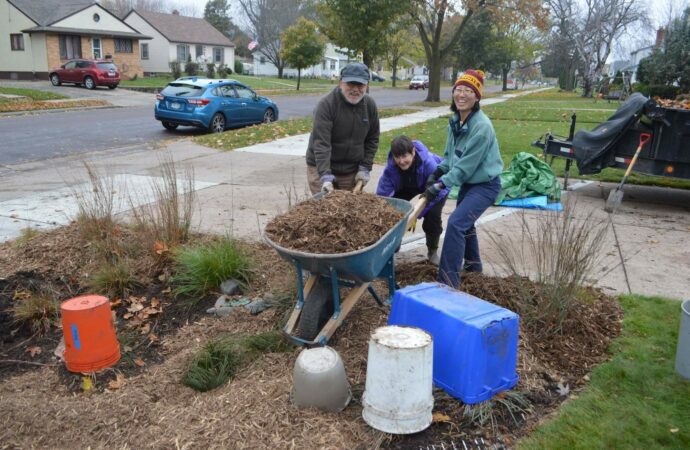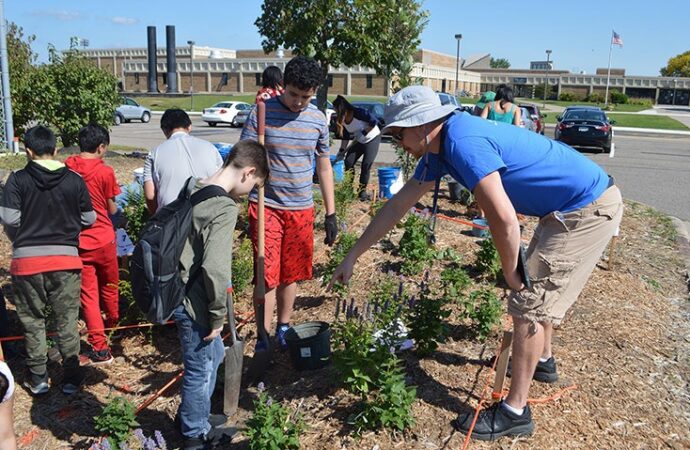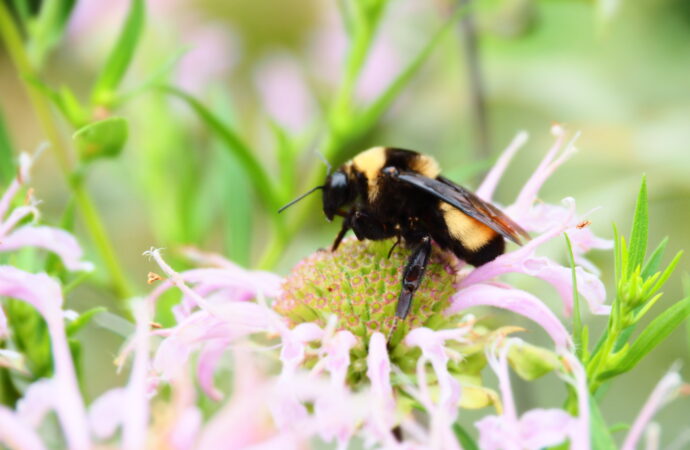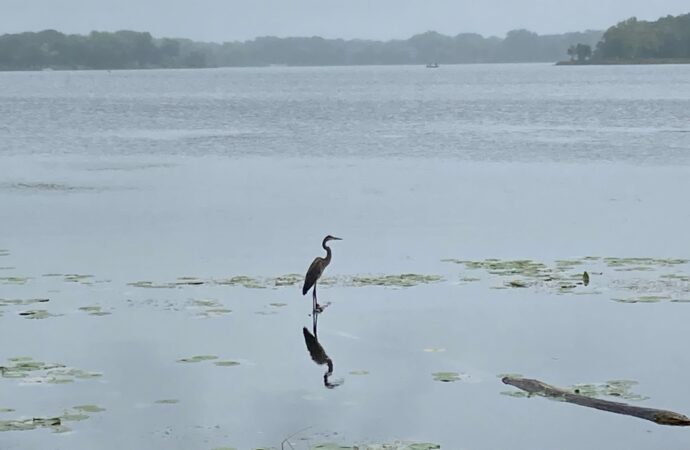Learn


Watershed 101
A basic overview of watershed concepts including watershed management, stormwater systems, and stormwater pollution.

What You Can Do
Explore what you can do to help our local waters, including simple actions you can work into your regular routine.

Schools
RWMWD offers a range of class curriculums and programming for educators, complete with watershed staff support.

Climate Change
Explore how climate change is impacting watershed management, and what RWMWD is doing to make District systems more resilient.
